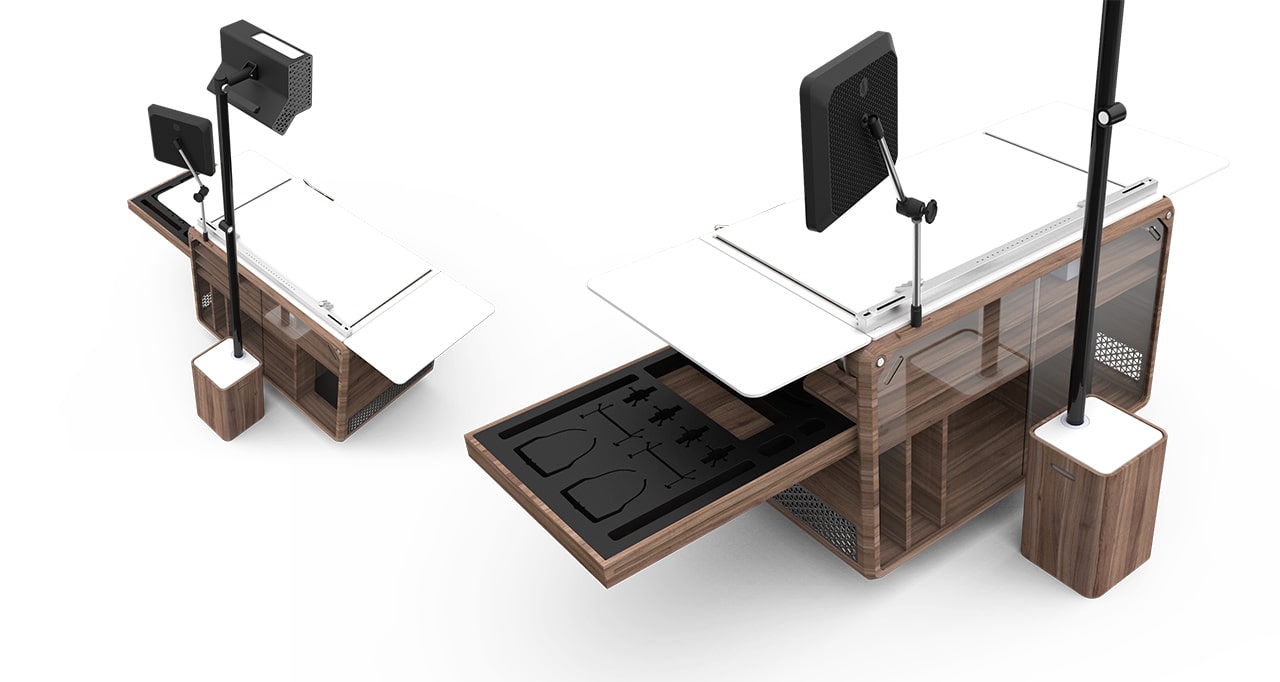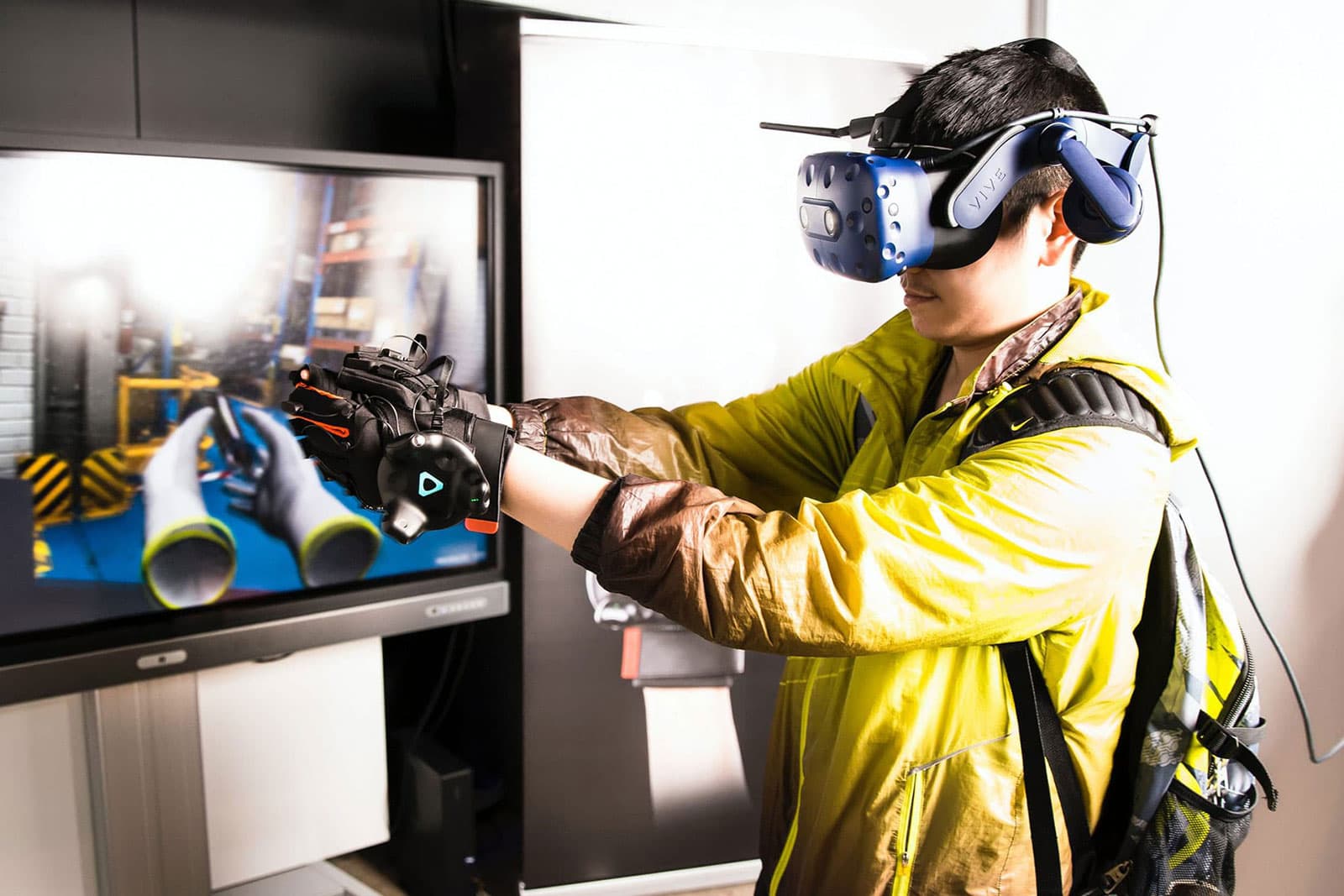
Virtual reality (VR) has a number of significant advantages for your company or training centre, whether it's to improve the profitability of your vocational training courses or to make them more effective.
But how do you learn about this type of immersive learning and how to run a VR training course for manual trades?
As a trainer or teacher, there are many points that may still seem unclear to you.
We'll take a look at the steps you need to follow to set up an effective immersive learning course for your future learners.

Step 1: Call on VR training professionals for manual jobs
There are many companies with expertise in the design and development of virtual reality training. Many of them also offer customised designs for your industry.
But what about their 'real' expertise in these sectors?
These offers are a bit like a menu in a restaurant. The more dishes there are on the menu, the less taste there will be.
If you want to train apprentices in construction, woodwork, painting, etc., it's essential to call on a company that is an expert in VR training for manual trades.
Why is this so important?
A company with expertise in VR training for manual trades works with experts in each trade. It meets with trainers in manual trades to discuss and understand the gestures, postures and attitudes to adopt.
For example, the building and civil engineering trades have a high rate of accidents at work. Risk prevention training in the construction industry should not be developed lightly.
Every habit and every gesture must be analysed and recorded so that they can be included in the simulation, because lives are at stake here.
That's why it's so important to call on VR training professionals for manual trades.

Step 2: Digitalise your training offer with virtual reality training
Before you can run a VR training course, you need to take a course yourself to understand what VR means for your business, establish your VR teaching strategy and learn how to manage virtual reality equipment.
With Mimbus Academy, you can learn how to adopt VR technology into your training programme.
For 3 days, Mimbus will accompany training organisations dedicated to the learning of manual trades to the 3.0 change.
With the help of our Virtual Trainer course, you can digitise your training offer by following the first training course designed by a designer to support trainers and teachers as they develop their practice.
Step 3: Installing and configuring your immersive learning equipment
What equipment do I need to run a course in VR?
During your training, you will have been briefed on the subject. But for the moment, as you are reading this, you may not know it yet.
To run a VR training course, you'll need :
VR accessories (headsets and controllers)
VR simulators
Analysis platform
In simple terms, the VR simulator is the machine that runs the software, the VR headset and controllers are the accessories that allow you to interact in the software environment and the analysis platforms are the platforms that allow you to set up your training courses and exercises and analyse your learners' results.
The best thing to do is to choose a package that combines these three elements, as each element is generally inseparable from the others.
For example, the Vulcan analysis platform from Mimbus is compatible with all our simulators and comes with the latest VR headsets and VR controllers, such as the HP Reverb G2.
Where to install your VR training equipment?

So you need a bit of space to place the machine, but also so that your learner can move around without difficulty and, above all, without encountering obstacles.
We don't want broken toes!
In other words, the rooms where you currently carry out traditional training will do just fine.
There's no need to change premises to run a virtual reality training course, just electrical sockets and a few square metres!

To digitalise your training offer and switch to virtual reality, you'll need to contact a VR training company specialising in manual trades.
You'll need to learn about immersive learning and acquire the right equipment for your sector and profession.
At Mimbus, we work with engineers, developers and educational psychologists to design each of our training courses and create environments tailored to each manual trade.
We meet regularly with trainers to update all our VR training courses on the latest practices, rules and gestures in force.
We support any organisation wishing to move to 3.0 training and we also offer custom development for all your VR projects.
Don't hesitate to contact us to discuss your requirements!
